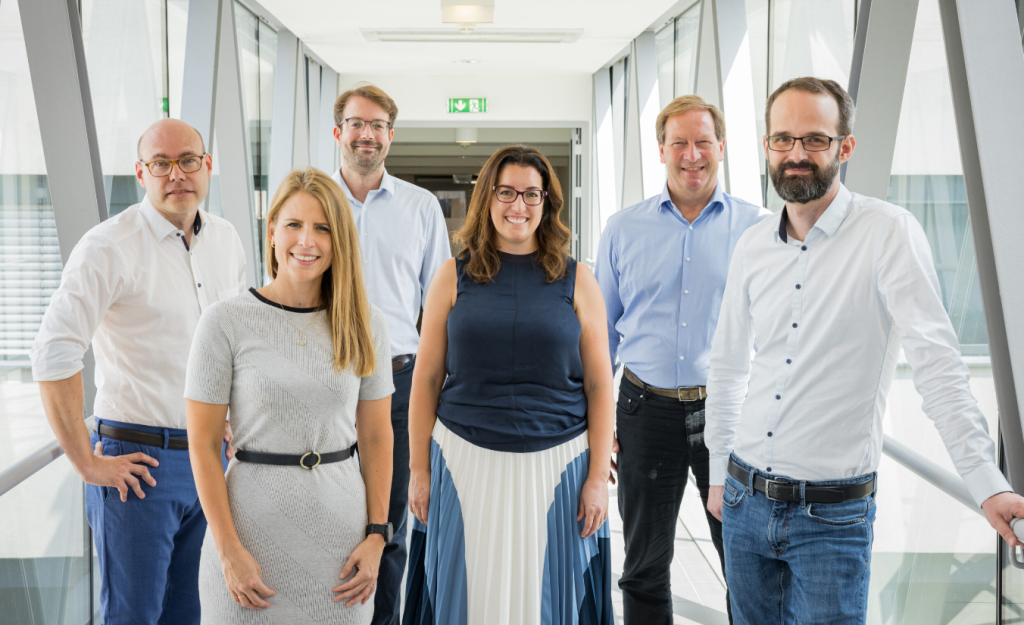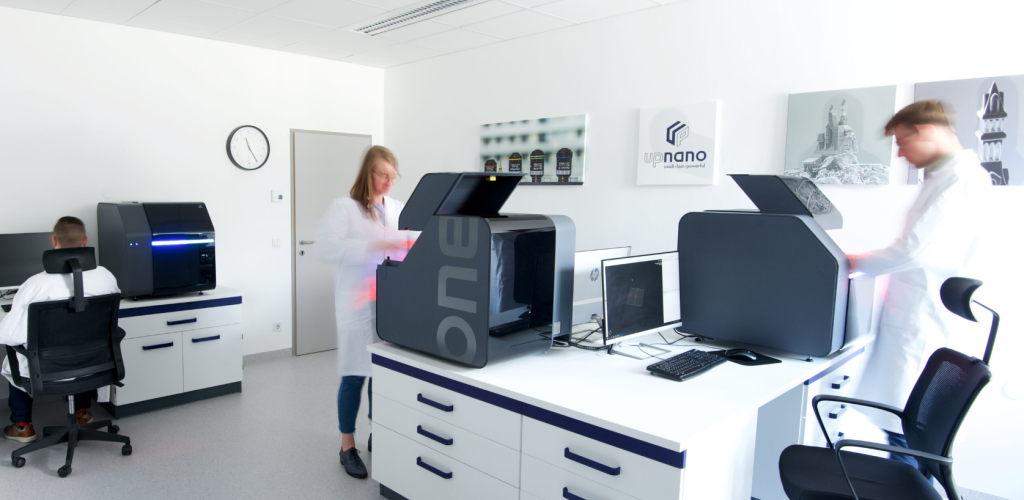2PP 3D printing specialist UpNano has reported a successful year in 2023 with a notable 57% increase in turnover, fueled by the global demand for its NanoOne Two-Photon Polymerization (2PP) 3D printer series.
In a business landscape where many companies faced challenges, UpNano navigated the complexities by effectively addressing the increasing demand for its 2PP 3D printers. The NanoOne series, positioned as the fastest high-definition 2PP 3D printer in the market, witnessed a significant increment in the number of active machines in the US, reflecting the company’s commitment to innovation and collaboration with customers, says UpNano.
Bernhard Küenburg, CEO of UpNano said, “The competitive environment in the 2PP 3D-printing market is increasing every year. We are extremely proud that our NanoOne series of compact desktop printing systems continues to stay ahead of the crowd. It remains the fastest high-resolution 3D printer on the market, capable of printing over an unprecedented fifteen orders of magnitude. These are specifications that more and more companies and institutions worldwide are demanding. We continue to learn from these needs and remain committed to providing our customers with customized and flexible solutions.”


A strong year for UpNano
UpNano demonstrated its flexibility by introducing new features and materials for 2PP 3D printing, addressing specific customer needs in 2023. To accommodate the growing innovation pipeline, the company expanded its facilities in the EU and the US, and bolstered its workforce by hiring additional staff.
A noteworthy development last year was the launch of Hydrotech INX U200, a bio-ink co-developed with materials specialist BIO INX. This bio-ink adds complexity to bioprinted constructs, combining with other biocompatible materials like Hydrobio INX U200 to enhance cell interactivity. Additionally, a software upgrade for NanoOne printers introduced smart stitching, improving final product quality and speeding up the printing process. The ability to combine different print jobs using the same lens and material streamlined production, leading to cost savings.
In response to the increasing demand for high-speed, high-precision industrial production, UpNano conducted a market research study in 2023, focusing on the US market. The study identified opportunities for micro 3D printing in areas such as microfluidics, heat exchangers, the semiconductor industry, and implantable devices, particularly in interventional cardiology.


UpNano’s advancements in 2PP 3D printing
Founded in September 2018 as a spin-out of TU Wien, UpNano developed the NanoOne printing system, its first commercial product. This system notably accelerates the 2PP process, enabling the rapid printing of micro parts with structural details equal to or larger than 170 nm within minutes.
Back in 2021, UpNano introduced two novel resins, UpBlack and UpOpto, compatible with its 2PP 3D printing technology. UpBlack allows the printing of non-transmitting black parts, while UpOpto facilitates the creation of translucent components.
Using UpNano’s NanoOne 3D printer, these resins can be combined to 3D print entire optical systems, including casings and lenses. UpOpto is biocompatible and certified non-cytotoxic, making it suitable for medical devices and microfluidics systems.
Last year, UpNano introduced UpFlow, a photopolymerizing material developed in partnership with Australian IVF specialist Fertilis. This material facilitates rapid and precise 3D printing of micro-environments for a new type of dynamic cell culture, offering a more controlled and less variable environment for embryos before implantation. Using UpFlow with the NanoOne 2PP 3D printer reduced implantation cycles by 30-40%, potentially easing emotional and financial burdens on patients undergoing in vitro fertilization (IVF).
What does the future of 3D printing for the next ten years hold?
What engineering challenges will need to be tackled in the additive manufacturing sector in the coming decade?
To stay up to date with the latest 3D printing news, don’t forget to subscribe to the 3D Printing Industry newsletter or follow us on Twitter, or like our page on Facebook.
While you’re here, why not subscribe to our Youtube channel? Featuring discussion, debriefs, video shorts, and webinar replays.
Are you looking for a job in the additive manufacturing industry? Visit 3D Printing Jobs for a selection of roles in the industry.
Featured image shows the UpNano management team. Photo via UpNano.




